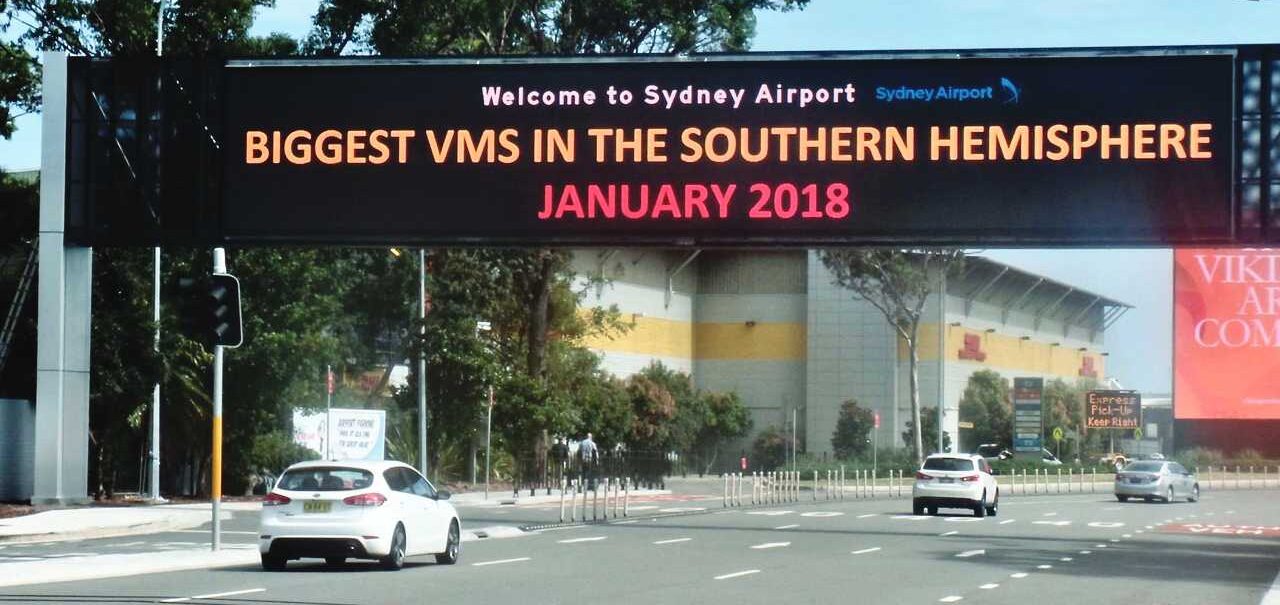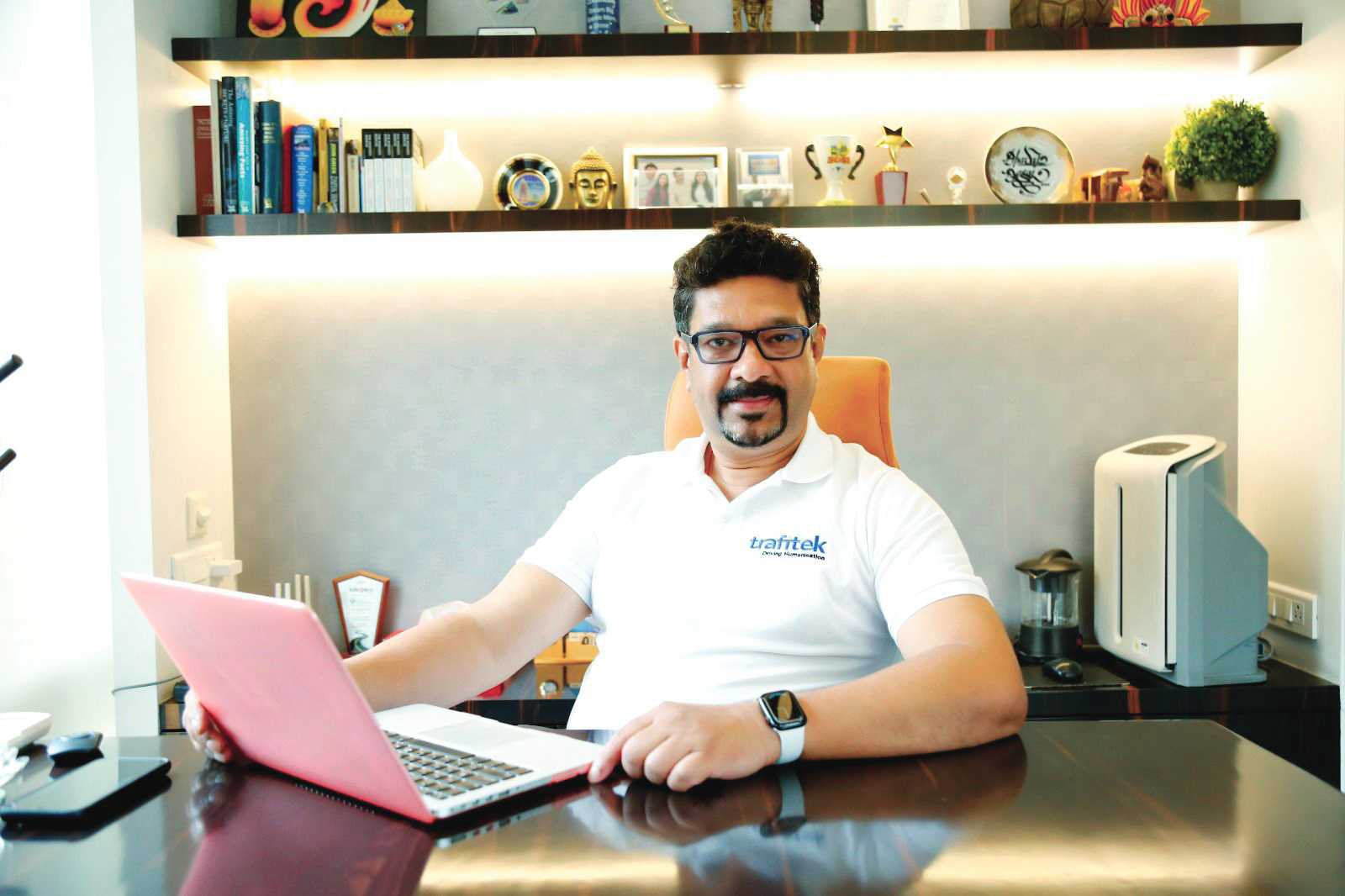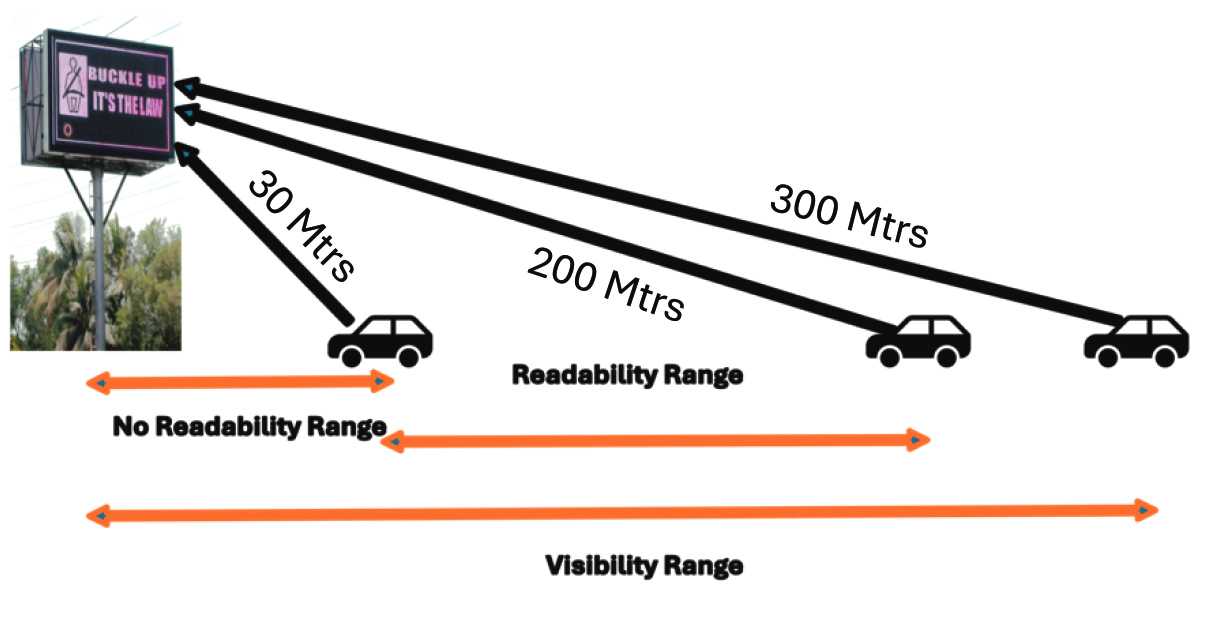

Worldwide, VMS in traffic management stands for “Variable Messaging Sign.” However, in recent years, influenced by inexpensive technology from neighbouring countries, for many Indian highways, VMS has begun to mean “Video and Movie Signs.” This shift has undermined the original purpose and design of VMS, prioritizing cost savings over functionality. VMS used for advertisements have become sources of distraction and often lead to accidents, writes Dhaval Desai, the Founder Managing Director, Trafitek Solutions Pvt Ltd. and a globally recognised traffic management expert.
Quality and Standards
Variable Messaging Signs are traffic signboards designed to operate reliably 24/7, 365 days a year, even in harsh weather conditions, and must meet the standards set by EN 12966 comprising three parts: the product standard, the type testing procedures conducted in laboratories, and the factory quality control requirements to maintain production standards and quality.
The purpose of these comprehensive standards is to ensure that VMS products have a lifespan of 15 years or more. To prevent malpractice, these standards are enforced through EN-notified laboratories, which are certified to approve such products. The list of certified labs can be found here (http://ec.europa.eu/growth/tools-databases/nando/index.cfm?fuseaction=search.notifiedbody).
Ninety-nine percent of the dynamic signage provided under urban or highway traffic management projects fail to fully or partially meet these standards. As a result, they do not function properly in adverse conditions and typically last only 4-5 years.

Essential
The three most important essential physical and technical characteristics of an EN certified VMS are below:
- Aluminum Enclosure to last for 15 years as per EN expected life
- UV resistant polycarbonate optical Lens to protect the LEDs from direct sunlight and improve intensity and contrast ratio using “precision optics”
- Drive the LEDs at less than 30% of the rated power during daytime and not more than 18% of the rated power during nighttime so that the LEDs last for 15 years as per the forward driving current vs life expectancy characteristics of an LED.
Advertisement boards do not meet these quality standards as they are designed for a different purpose and are not intended to operate 24/7. They consume 3-4 times more power and are also not built to function in remote or adverse weather conditions. Instead, advertisement boards are primarily used in urban areas where they are typically placed in protected environments.
Safety & Security
Variable Message Signs (VMS) worldwide utilize the NTCIP (National Transportation Communications for Intelligent Transportation Systems Protocol) for data safety, security, and uniformity. NTCIP restricts video streaming, and advertisement boards are not designed to comply with this protocol as they use video graphics cards for streaming.
Additionally, any traffic device must be both safe and IT secure, meaning data must be fully encrypted. Unethical hackers could infiltrate the system, causing chaos or fear by displaying inappropriate information. For instance, in India, there have been incidents where advertisement boards were hacked to display pornographic content on public VMS, causing traffic jams and public outrage (https://www.asianage.com/india/pune-porn-clip-plays-digital-billboard-causes-traffic-jam-160#google_vignette). Such incidents highlight the critical need for secure traffic management systems, yet we continue to overlook these lessons, leading to worsening situations.

Visibility and Readability
Advertisement boards provide a very close near visibility range, which contradicts the fundamental principles of VMS that are designed to ensure a near visibility range of 30-40 meters. According to international traffic safety rules, motorists should not have to look up to read a VMS message. Physics dictates that any readable display positioned at a height of six meters requires drivers within a 0-30 meter range to stretch their necks upward to read it. This distraction can cause accidents.
The ideal visible range for VMS starts at 300 meters, with a readable range between 30 and 200 meters. In contrast, advertisement boards can be read at close proximity, causing drivers to look up instead of focusing on the road. Additionally, video advertisements can compel motorists to stop to watch, posing a significant safety hazard. Such distractions have already led to serious accidents when advertisement boards are placed on carriageway medians and footpaths.

Recommendations
- All tenders should recommend for low power VMS with power not greater than 100 watts per sqmtr
- Secondary protective lens should be mandatory
- EN certification from EN notified laboratory with detailed test report for all EN parameters should also be a mandatory requirement of all smart city / Highway bids. All certifications of compliance from Local labs should be strictly disallowed as they are manipulated and restricted to few parameters only
- Aluminium Body to ensure the enclosure lasts for 15 years must be an essential criterion of all VMS tenders
- Recommended pixel pitch is 16mm/20mm which are worldwide used resolutions for Roadside Signs as higher resolution is for indoor and low proximity displays.
Finally, it is urged that all city and highway managers to prioritize the safety of travellers over the interests of specific industries that do not contribute to traffic management solutions. By collectively removing advertisement boards from all ITMS and ATMS projects, we can better serve society and humanity.
Over the years, Dhaval Desai has brought in the world’s best technologies to India through partnerships with leading Global technology companies such as Swarco, Teledyne-Flir, Aluvisa, Kapsch, Vitronics and AGD. Trafitek has created and delivered many “Made in India” products developed in-house and also through technology transfers from the best in the world.
Consortium for Safety
International Road Federation, India Chapter has initiated a consortium comprising the World Bank, the Ministry of Road Transport and Highways, the Military Engineering Services, the Ministry of Education, CPWD, PWD Delhi, 3M, Oracle, Maruti Suzuki, NextPVR and Avery Dennison. The objective is to reduce road accidents and fatalities by more than 50% before the end of 2030.
“We are working across the country on all the ‘Five E’s of road safety which are Engineering of Roads, Engineering of Vehicles and Policy Corrections, Education and Mass Awareness, Enforcement and Emergency Care. I am confident that when we continue to do that we are bound to make it happen,” says K K Kapila, President Emeritus, International Road Federation and Chairman, Intercontinental Consultants and Technocrats Private limited.
“We have also come out with a motorcycle ambulance. The idea is to provide a motorcycle ambulance at every 10kms on all national highways, major highways, state highways, and district roads covering the entire country. In case of an accident, the victim can be given first aid within the Golden Hour without any difficulty. It will start operating from Delhi to begin with, adds Kapila.
Similarly, the consortium is promoting the use of helmet. If one does not wear the helmet, the motorcycle or scooter will not start. There is a compulsion and there is no escape. “We have come out with air bags for motorcyclists, both for the driver and pillion rider. So, if both of these are made compulsory, I am very confident that road accidents and fatalities will become absolutely minimal.”
 TrafficInfraTech Magazine Linking People Places & Progress
TrafficInfraTech Magazine Linking People Places & Progress